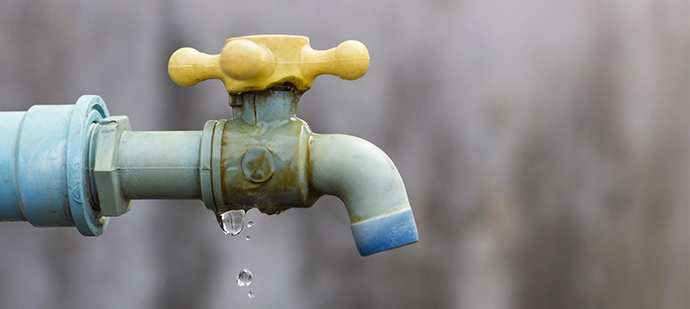Uncover Concealed Water Line Leaks: Six Tested Techniques for Detecting
Uncover Concealed Water Line Leaks: Six Tested Techniques for Detecting
Blog Article
This article listed below relating to Top leak detection hacks is totally interesting. Check it out for yourself and see what you think of it.

Early discovery of leaking water lines can reduce a potential catastrophe. Apart from conserving you cash, it will certainly reduce the stress and stress. The moment you discover a leakage, calling your plumber for repairs is the very best option. Some small water leaks might not be noticeable. Below are some hacks that aid if you can not identify it with your nude eyes.
1. Take A Look At the Water Meter
Checking it is a guaranteed means that aids you uncover leakages. If it moves, that indicates a fast-moving leakage. This suggests you may have a slow leak that could even be underground.
2. Check Water Consumption
If you detect unexpected modifications, in spite of your consumption being the very same, it indicates that you have leaks in your plumbing system. A sudden spike in your costs suggests a fast-moving leak.
At the same time, a consistent increase every month, despite the same routines, shows you have a sluggish leakage that's also slowly rising. Call a plumber to extensively inspect your property, specifically if you feel a warm area on your floor with piping underneath.
3. Do a Food Coloring Test
When it comes to water usage, 30% comes from commodes. If the color somehow infiltrates your dish during that time without flushing, there's a leakage between the storage tank and bowl.
4. Asses Exterior Lines
Do not forget to check your outside water lines also. Must water seep out of the connection, you have a loose rubber gasket. One small leakage can waste lots of water and also increase your water costs.
5. Analyze the circumstance and also examine
Homeowners ought to make it a behavior to examine under the sink counters and even inside cupboards for any kind of bad odor or mold and mildew growth. These two red flags show a leak so prompt interest is needed. Doing regular inspections, also bi-annually, can conserve you from a significant trouble.
Check for discolorations and weakening as most pipes as well as home appliances have a life expectations. If you presume leaking water lines in your plumbing system, don't wait for it to rise.
Early detection of dripping water lines can reduce a possible disaster. Some small water leakages may not be noticeable. Examining it is a proven way that assists you find leakages. One little leak can squander heaps of water and spike your water expense.
If you presume dripping water lines in your plumbing system, do not wait for it to rise.
How to Know If Your Home Has a Hidden Leak
Water Meter Reveals Inexplicable Water Usage
If you’d like to test whether or not there’s a leak somewhere in your home, you can do this using your water meter. Here is how to conduct the test:
Don’t use any water in your home for at least 30 minutes; this also means not turning on faucets or water-using appliances.
Go outside, and check your water meter for activity.
If your water meter shows that there was activity, even though no one was using any water, this proves that there is a leak in your home.Visible Mold or Mildew Growth
Leaks behind walls create moist, dark environments that allow mold and mildew to grow and thrive. Eventually, you might see mold growth forming on the wall closest to a hidden leak.
If mold is growing in an area that receives a high amount of moisture, such as a bathroom, it may simply be an indication that better ventilation is needed. However, if you see mold growth on a wall or the ceiling in an area where you would not expect, you probably have a hidden leak.
Musty, Mildew Odor
Sometimes you might not be able to see the mold or mildew that is growing as a result of a leak. However, the smell can give the problem away just as easily. If you catch a whiff of something musty, there’s a good chance that old water is collecting somewhere in your home that you can’t see.
Stained/Warped Walls, Ceilings, or Floors
When your home soaks up water, a variety of red flags can become visible, including ceiling stains, bubbling drywall, warped walls, and sagging floors. While these issues can be caused by excess humidity, they can also be signs that a pipe or plumbing connection has started leaking behind your walls.
Inexplicably High Water Bill
After a while, you get a general sense for what your water bill should be. If you own a pool or sprinkler system, your bill will tend to be higher during summer. However, if you receive a water bill that seems especially high, and you can’t figure out what caused it, then you may have a hidden leak somewhere that’s increasing your bill.
https://www.plumbingjoint.com/blog/2019/july/how-to-know-if-your-home-has-a-hidden-leak/

I'm just very fascinated by Detecting hidden plumbing leaks and I hope you enjoyed the new post. Sharing is good. Helping others is fun. We cherish reading our article about Leaking water lines.
Free Estimate Report this page